
- United States
- United Kingdom
- Canada
- Australia
- Netherlands/Ireland
- High School
- University
- Research Institute
- Conditional Admission
- Community College
- Public College
- Private College
- Junior High School
- High School
- United States
- United Kingdom
- Canada
- Australia
- Netherlands/Ireland
- High School
- University
- Research Institute
- Conditional Admission
- Community College
- Public College
- Private College
- Junior High School
- High School
Study in the USA STUDY USA
Introduction
Education System Overview
In the U.S., the majority of graduates choose to enter the workforce after leaving college, with only a small percentage continuing on to pursue master's or doctoral degrees. A master's degree generally offers a more in-depth education than a bachelor's degree, focusing on a specific discipline or theory within a university department, often seen as an extension of a bachelor's degree. In addition to deepening existing academic foundations, in the U.S., some professional fields require a bachelor's degree before applying, such as law school and medical school. The purpose of a doctoral degree is to cultivate scholars and university faculty, so at the doctoral level, schools place greater emphasis on students' academic cultivation. Furthermore, in the U.S., a master's degree is not always a prerequisite for a doctoral application. If students aspire to delve deeper into academic research, they can participate in research projects or work as research assistants during their bachelor's studies to demonstrate their passion and capabilities for academic research.

Academic Master's
Academic Master’s
An academic master's degree focuses on research and theory, gradually building students' knowledge of the professional field and training their academic research abilities. Therefore, the curriculum often includes literature reviews, research design, and thesis writing guidance, suitable for students planning to pursue a doctoral degree in the future. Common academic master's degrees include Master of Arts (MA) and Master of Science (MS).

Professional Master's
Professional Master’s
Professional master's degrees aim to cultivate students' workplace readiness. The curriculum is often structured around seminars, workshops, or field visits, and graduation requirements may involve projects rather than theses, with the goal of ensuring that students are ready for employment upon graduation. Due to this career-oriented nature, professional master's programs place particular emphasis on students' past work experience and potential during the application process. Students aiming for this goal should focus more on their CV during the application.
Education System
Educational System
The education system in the United States is similar to that of the Philippines. School education starts from elementary school, continues through junior high school and high school before transitioning to college, with the only difference being in the grade levels. In the U.S., elementary school is five years, junior high school (middle school) is three years, and high school requires four years to graduate. However, at the college level, both the U.S. and Philippines follow a four-year system, so Filipino students studying for a bachelor's or master's degree will not encounter significant differences in academic progression.
High School
High school
Grade 9Grade 10Grade 11Grade 12University
Undergraduate
FreshmanSophomoreJuniorSeniorGraduate School
Postgraduate
Grade 1Grade 2
*Junior High School
Grade 9Grade 10High School
Senior
Grade 11Grade 12University
Undergraduate
Grade 1Grade 2Grade 3Grade 4Graduate School
Postgraduate
Grade 1Grade 2
Application Process
Application
In the United States, university/graduate school applications are different from those in the Philippines. In addition to academic performance and standardized tests (GRE/GMAT, TOEFL/IELTS), U.S. universities also place significant emphasis on students' extracurricular activities, internship/work experience, and all application materials. Therefore, in the application process, Self-Help Home recommends that applicants should plan their schedules early, prepare all required application materials for each application, ensure that progress aligns with the application timeline, in order to increase the chances of being accepted to their ideal schools.
Step 1 - Application Preparation
- School Selection Strategy Planning
- Initial School Application Selection
- Study Abroad Exam Preparation
- Confirm Recommender Selection
Step 2 - Document Preparation
- Finalize School Application List
- Prepare Application Documents (Transcripts, Passport)
- Study Abroad Exam Preparation
- Complete Writing and Editing of Application Documents
Step 3 - Official Application
- Confirm Recommender Submission of Recommendation Letter
- Submit Study Abroad Exam Scores
- Provide Required Transcripts and Certificates
- Monitor Application Status and Application Email
Step 4 - Application Results
- Confirm Final School Enrollment
- Arrange Accommodation
- Prepare Required Visa Documents
- Apply for I-20 from School
Step 5 - Pre-Departure Preparation
- Apply for F1 Student Visa
- Select Courses According to School Regulations
- Confirm Dormitory Check-In Time
- Book Flight Tickets, Arrange Entry Itinerary
Recommended Articles
TOEFL / GRE / GMAT Exemption Zone
You can apply to universities/research institutes in the United States, United Kingdom, and Canada without TOEFL, IELTS, GRE, GMAT, or SAT scores!



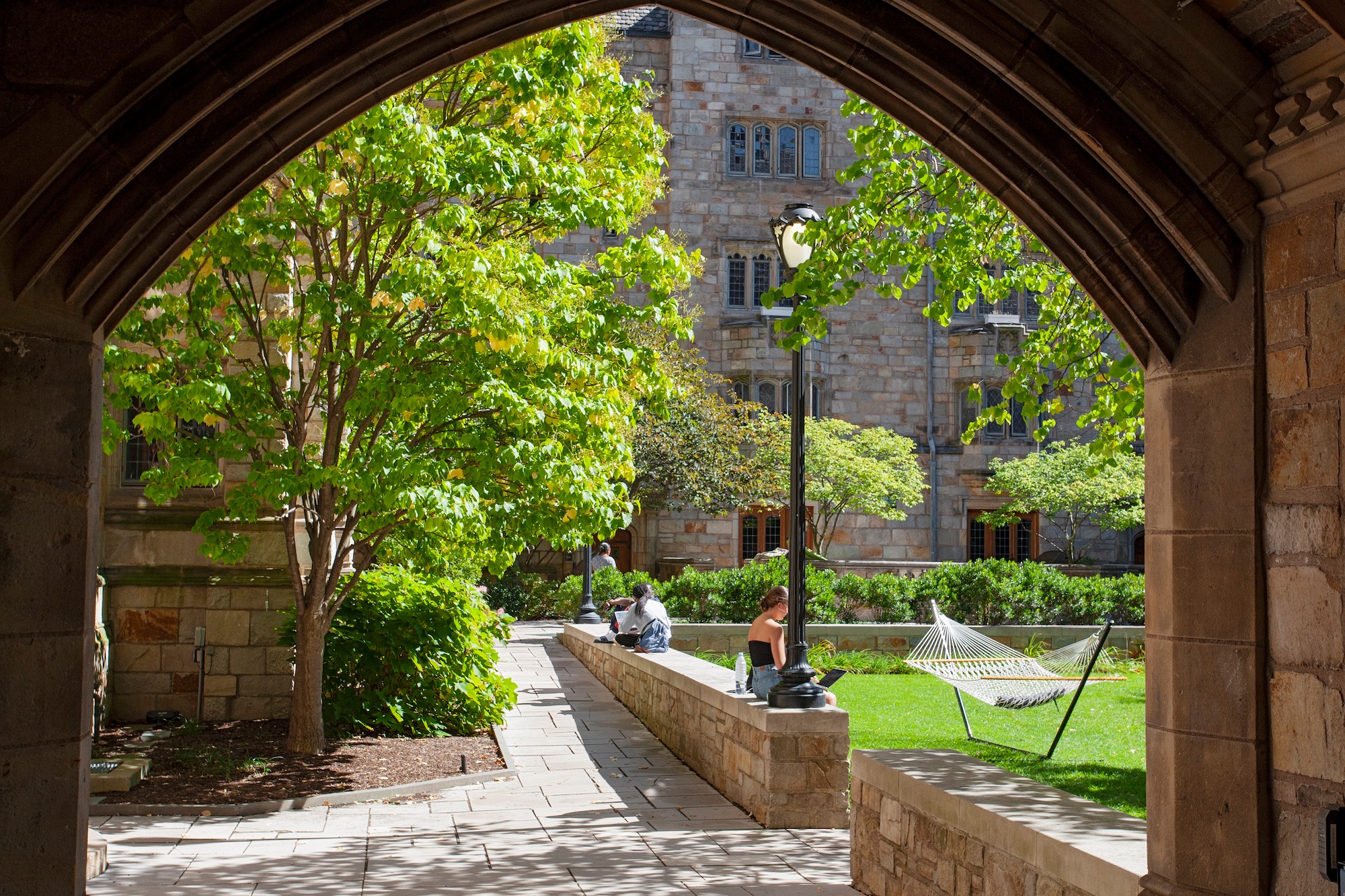
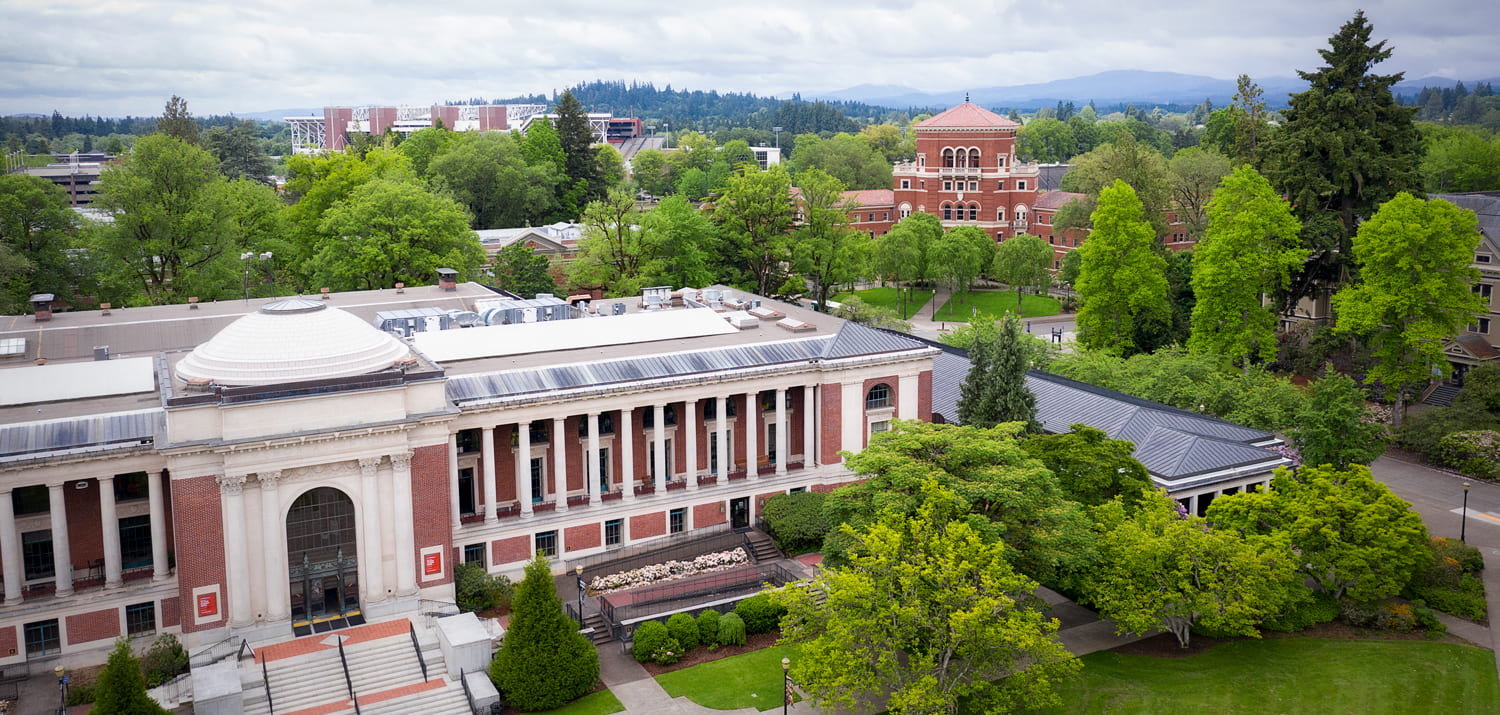

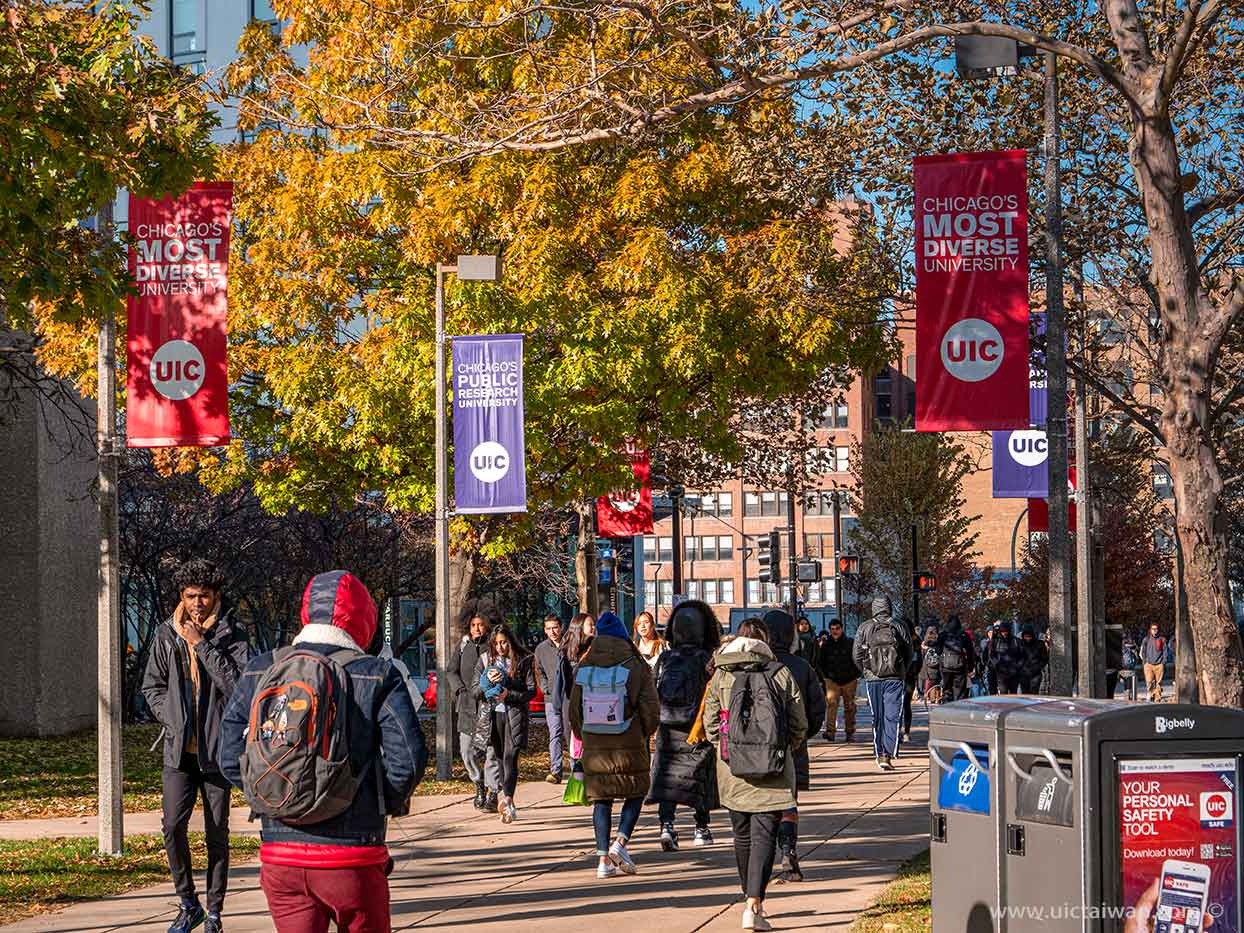


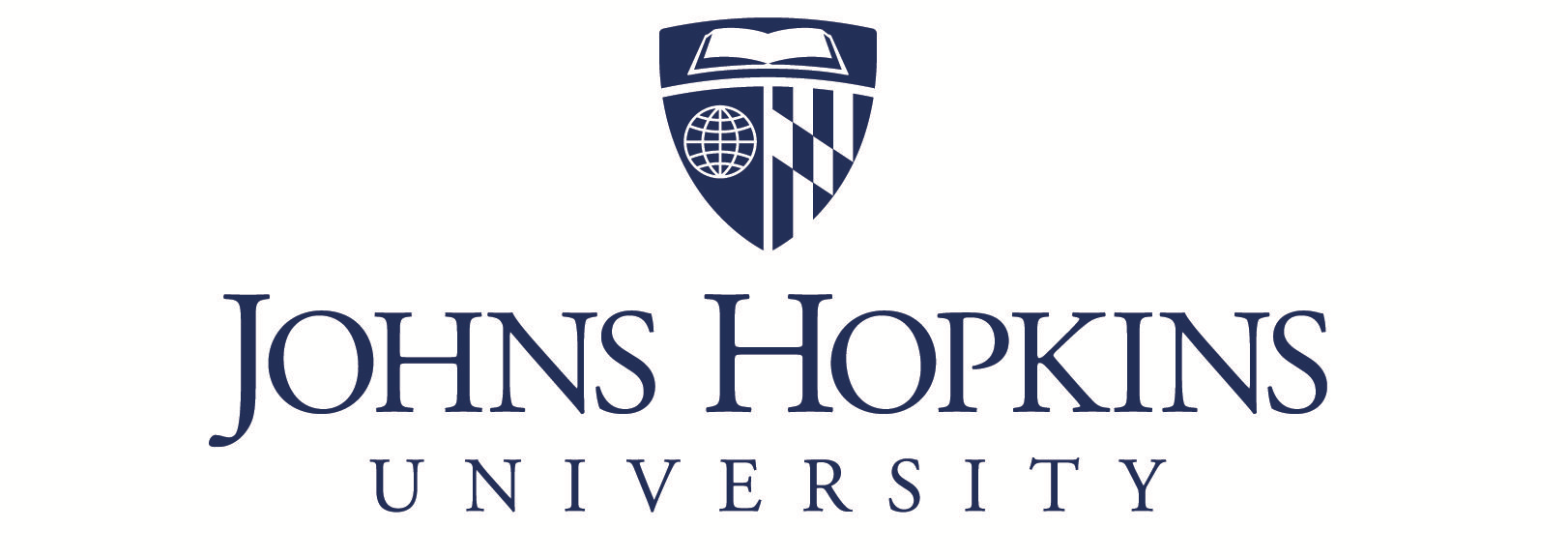
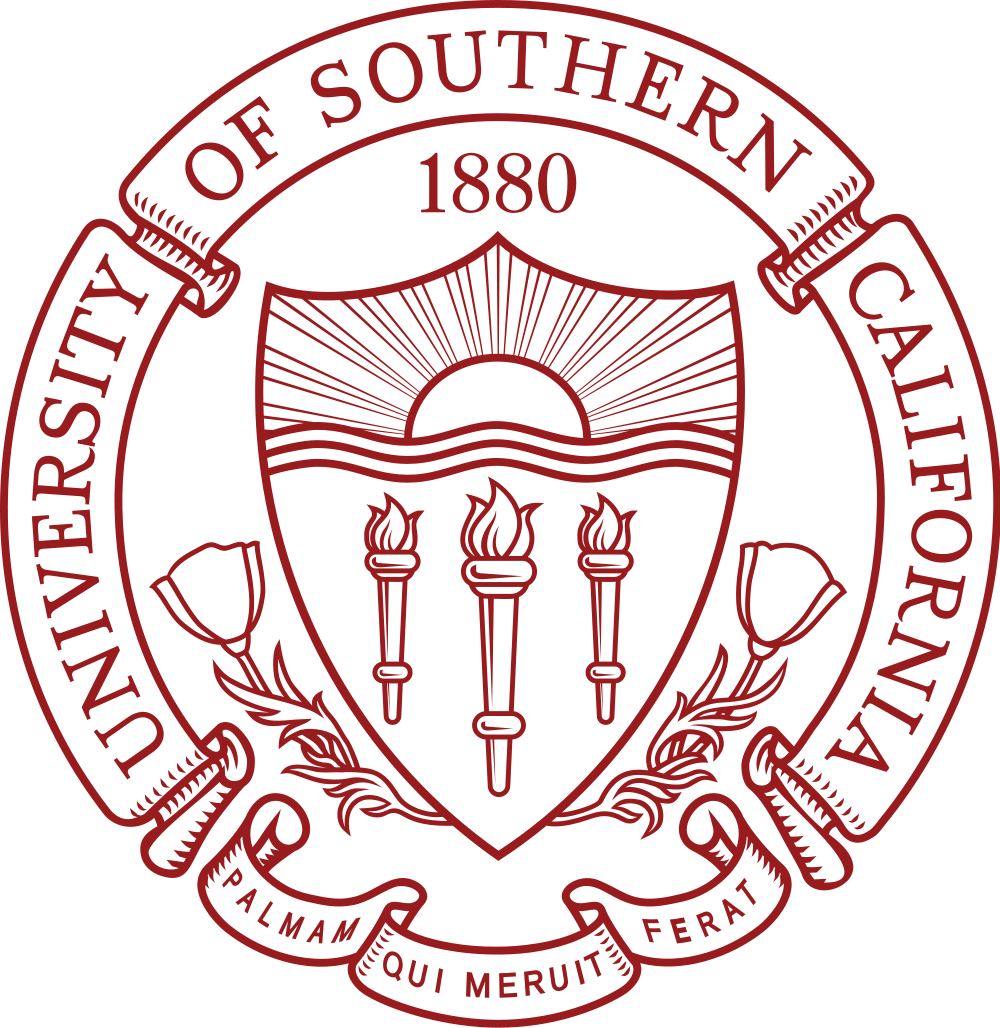


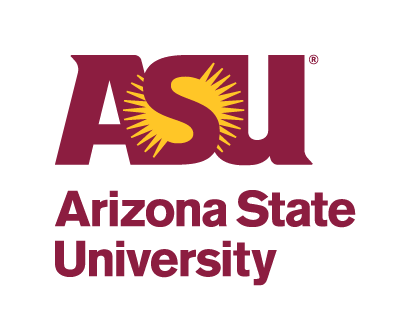
 Study in the USA
Study in the USA Study in Australia
Study in Australia Study in the UK
Study in the UK Study in the Netherlands/Ireland
Study in the Netherlands/Ireland Study in Canada
Study in Canada Conditional Admission
Conditional Admission



